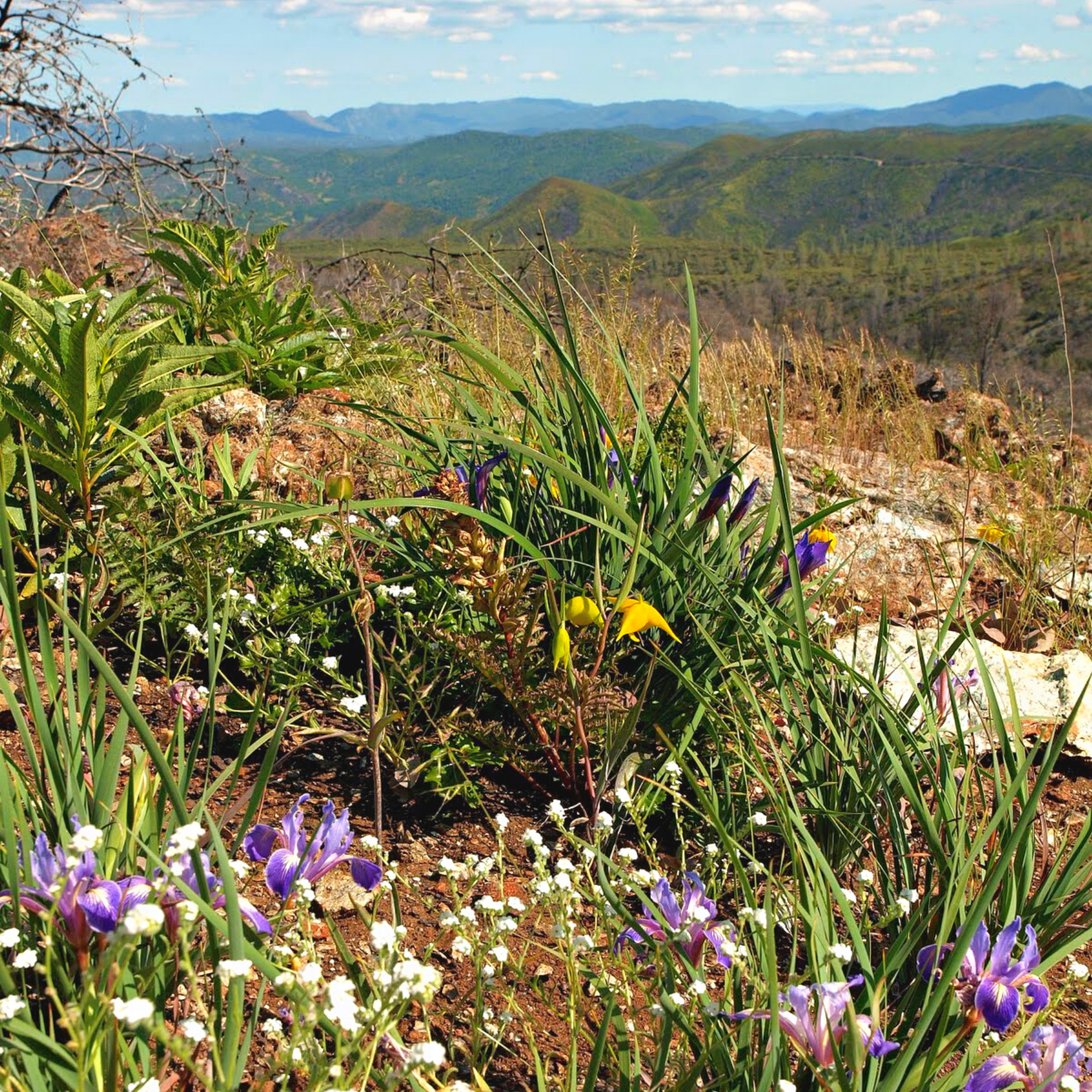Tuleyome's Policy Corner - Molok Luyuk End of Year Summary 2022

Protecting Molok Luyuk and ensuring tribal co-stewardship advanced considerably. The Berryessa Snow Mountain Expansion Act was introduced by Representatives Garamendi and Thompson (HR 6366), then followed by Senators Padilla and Feinstein (S 4080). Both the Senate and House of Representatives held positive hearings on the bills. BLM, the current land manager of Molok Luyuk, supports the bills. It is supported by community members and public officials at all levels of government – local, state, and federal. It passed out of the House as an amendment to the National Defense Authorization Act, and out of the Senate Energy Committee by unanimous, bi-partisan vote. We were hopeful that the Act would be added into a public lands package or the Omnibus Appropriations bill that passed last Friday due to its overwhelming and bi-partisan support. While many had hoped for a passage of bi-partisan public lands bills at the end of the year, it did not happen.
However, we have made significant progress and continue to build support. Our champions will need to introduce legislation in 2023, in the new session of Congress. We will need to work with President Biden, Secretary Haaland, and our partners at BLM to protect this special place and all that it holds. Our Senators and Representatives have already written to the President asking him to protect Molok Luyuk through the Antiquities Act if Congress does not take action. This request was also made by the Yocha Dehe Wintun Nation, whose ancestral lands include Molok Luyuk. Tuleyome and a coalition of dozens of organizations support these requests.
And, we are hopeful. President Biden has committed to protecting 30 percent of public lands and waters by 2030. A new report by the Center for American Progress shows that in the first two years of the Biden administration, President Biden has moved to conserve over 12 million acres of public lands and has funded over $10 billion in federal, state, local, and Tribal conservation efforts, three times more than any previous president at this point in office. He restored the boundaries of three national monuments – Bears Ears, Grand Staircase Escalante, and Northeast Canyons and Seamounts National Monuments – where tribal co-stewardship of the land is underway. President Biden already designated the Continental Divide National Monument in Colorado, and has committed to designating Avi Kwa Ame in Nevada as a national monument. Now it’s time to protect Molok Luyuk.
How can you help? There are many ways.
- Send a letter of support to the President, letting him know you want him to protect Molok Luyuk. Individual letters are always best. Here’s a sample in case it’s helpful. If you do send your own letter, please share it with Tuleyome – we are gathering up support.
- If you’re an organization or a business, you can sign on to our organizational support letter.
- If you’re just too swamped to do that, then sign our petition in support of Molok Luyuk.
- If you have extra time and want to volunteer, contact us!
We can make this happen – with your help – in 2023!
Until then, have a Merry New Year!
Cheers, Sandy
Executive Director
RECENT ARTICLES






